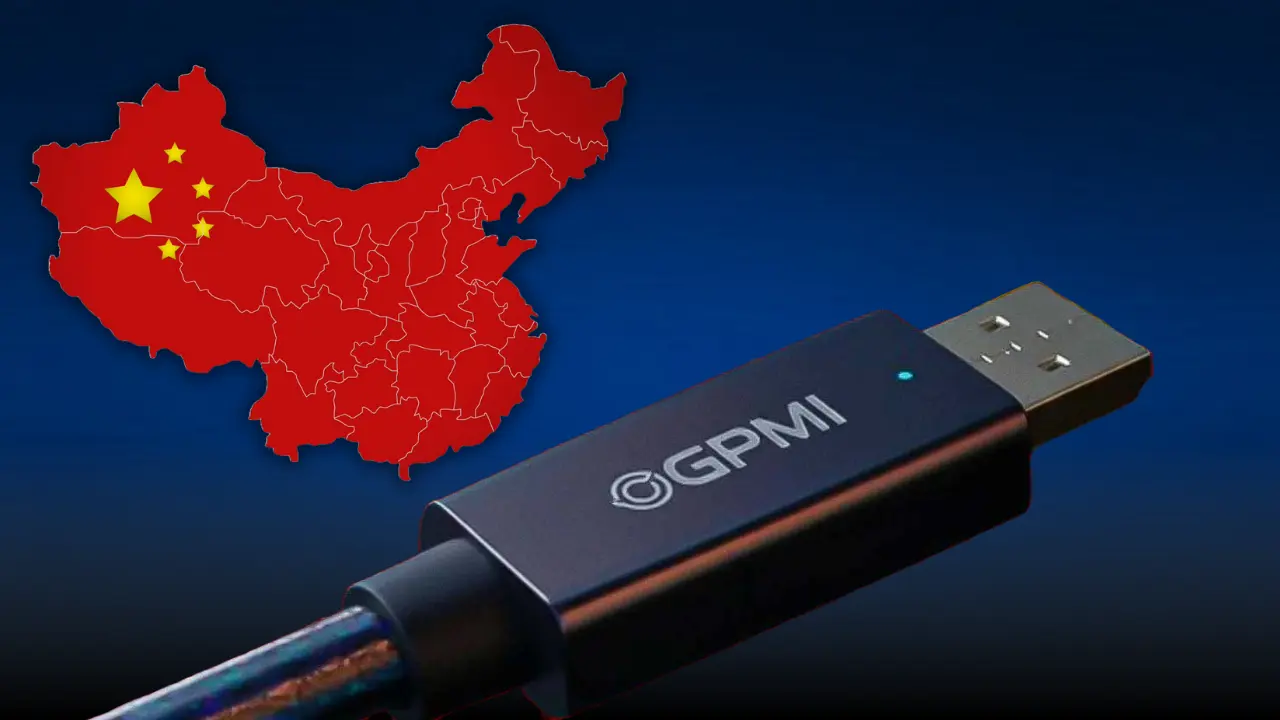In a world full of tangled cables and multiple ports, China has stepped up with a groundbreaking innovation—the GPMI cable. This all-in-one cable, which can deliver high-speed data, uncompressed 8K video, Ethernet networking, and even up to 480W power delivery, could change how we connect our devices forever. But what exactly is the GPMI cable, and why is it making headlines in the tech world? Let’s break it down.
What is the GPMI Cable?
GPMI stands for General Purpose Media Interface, and it’s being developed by the Shenzhen UHD Video Industry Alliance (SUCA), a collaboration of over 100 Chinese companies, including heavyweights like Huawei, TCL, Hisense, Skyworth, and HiSilicon.
The GPMI cable is designed to be a universal connectivity solution, replacing multiple cables like HDMI, USB-C, DisplayPort, Ethernet, and traditional charging cables. The goal is simple but revolutionary: one cable to rule them all.
Key Features of the GPMI Cable
The GPMI comes in two variants:
1. GPMI-C (USB-C Compatible)
- Data Speed: Up to 96 Gbps
- Power Delivery: Up to 240W
- Compatibility: Works with USB-C ports
- Supports: 8K video, USB data, Ethernet, daisy-chaining, and more
2. GPMI-B (Proprietary Connector)
- Data Speed: Up to 192 Gbps
- Power Delivery: Up to 480W
- Connector: Custom-designed, non-USB
- Supports: Same as GPMI-C but with higher performance
This cable can support multiple uncompressed 8K video streams, fast data transfer, gigabit Ethernet, and high-wattage charging—all simultaneously. Imagine connecting your monitor, internet, external storage, and power—all with a single cable.
Why GPMI is a Big Deal for Consumers
Let’s face it—we’ve all had the struggle of figuring out which cable goes into what port. With HDMI for displays, USB-C for power, RJ45 for Ethernet, and countless adapters in between, the clutter can be frustrating.
The GPMI cable simplifies this with one universal solution. That’s not just convenient—it’s a game-changer.
Here’s how:
- Clean Setup: One cable per device, less mess.
- Higher Efficiency: Faster data and video speeds with lower latency.
- Powerful Charging: Ideal for laptops, gaming consoles, even industrial devices.
- Future-Proof: Built with 8K and beyond in mind.
GPMI vs. HDMI, USB-C, and Thunderbolt
Let’s compare the GPMI cable to its most popular competitors.
| Feature | HDMI 2.1 | USB-C 3.2 Gen 2 | Thunderbolt 4 | GPMI-C | GPMI-B |
|---|---|---|---|---|---|
| Max Bandwidth | 48 Gbps | 20 Gbps | 40 Gbps | 96 Gbps | 192 Gbps |
| Power Delivery | None | 100W | 100W | 240W | 480W |
| Video Support | 8K@60Hz | 4K@60Hz | 8K@60Hz | 8K uncompressed | 8K+, multistream |
| Ethernet Support | No | Optional (via hub) | Yes | Yes | Yes |
| Port Type | HDMI | USB-C | USB-C | USB-C | Custom |
Clearly, GPMI outperforms other standards in bandwidth and power, making it ideal for devices that need high data rates and fast charging.
Is GPMI the New Global Standard?
That’s the big question.
GPMI is currently backed by Chinese manufacturers and is expected to debut in TVs, laptops, and monitors made by brands like TCL and Hisense. It is also being evaluated for use in automotive infotainment systems and industrial machinery.
However, global adoption may be limited at first. Big players like Samsung, Sony, and LG are not yet part of the GPMI alliance. Additionally, global standards like HDMI Forum and USB-IF already dominate the market, especially in the U.S. and Europe.
But here’s where it gets interesting: the USB-IF has approved GPMI-C as USB-C compliant, meaning devices with USB-C ports could potentially support GPMI without hardware changes.
This opens the door for global integration over time—especially if GPMI offers real consumer benefits like better quality, easier setup, and lower costs.
Use Cases That Could Benefit From GPMI
If adopted widely, GPMI could revolutionize several industries:
✅ Home Entertainment
- Plug your smart TV, soundbar, gaming console, and internet all via one cable.
- Easier wall-mount setups with fewer visible wires.
✅ Office Workstations
- Connect power, display, and Ethernet with one GPMI port.
- Ideal for USB-C docking stations.
✅ Electric Vehicles (EVs)
- Screens, cameras, and onboard diagnostics could run over GPMI.
✅ Industrial Automation
- High data transfer and control in a single rugged cable.
The Challenges GPMI May Face
Despite its impressive specs, GPMI isn’t guaranteed success. Here are the key roadblocks:
1. Proprietary Concerns
- The GPMI-B connector is not open-source like USB-C.
- Hardware manufacturers may be hesitant to adopt another closed system.
2. Market Inertia
- HDMI and USB are deeply embedded in tech infrastructure.
- Consumers and manufacturers alike may resist switching to a new standard.
3. Global Politics
- Given that GPMI is Chinese-led, international trade tensions could impact adoption outside of China.
Conclusion: GPMI Cable is a Promising Step Toward Universal Connectivity
The GPMI cable isn’t just another cable—it’s a vision for the future. With unmatched speed, power, and versatility, it could simplify device connections across consumer electronics, vehicles, and industrial systems.
While widespread global adoption may take time, especially due to proprietary concerns and geopolitical issues, China’s GPMI standard is technically superior to what’s available today. For tech lovers, early adopters, and developers—this is a cable worth watching.
If you’re tired of cable chaos, the GPMI cable might just be the single solution we’ve all been waiting for.
Explore more tech, gadget news, and trending updates only on Tech Spy.

